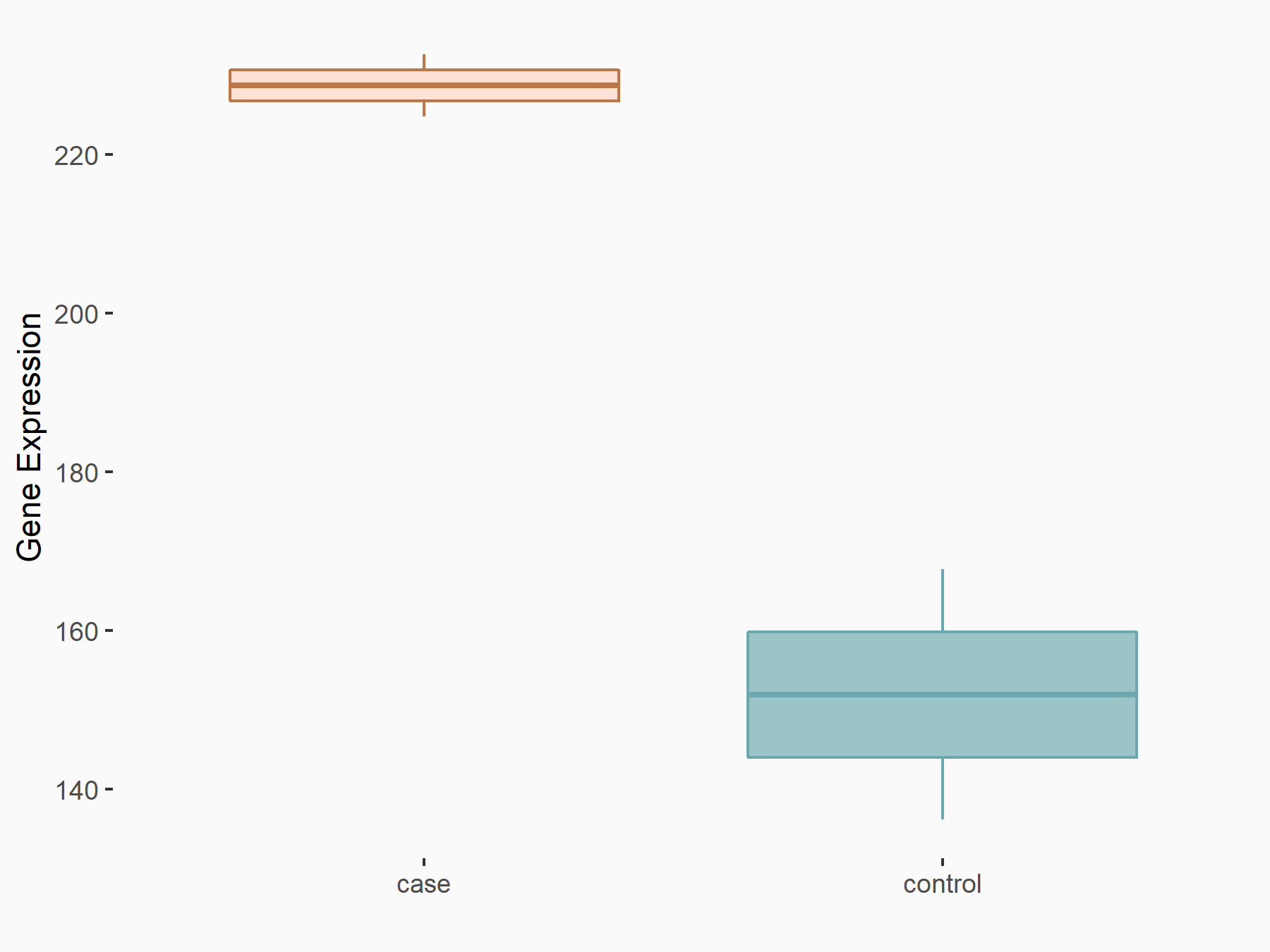m6A Target Gene Information
General Information of the m6A Target Gene (ID: M6ATAR00690)
Full List of m6A Methylation Regulator of This Target Gene and Corresponding Disease/Drug Response(s)
DAPK3
can be regulated by the following regulator(s), and cause disease/drug response(s). You can browse detail information of regulator(s) or disease/drug response(s).
Browse Regulator
Browse Disease
Protein virilizer homolog (VIRMA) [WRITER]
| Representative RNA-seq result indicating the expression of this target gene regulated by VIRMA | ||
| Cell Line | Human umbilical vein endothelial cells | Homo sapiens |
|
Treatment: siVIRMA HUVECs
Control: siControl HUVECs
|
GSE167067 | |
| Regulation |
  |
logFC: 5.95E-01 p-value: 2.81E-02 |
| More Results | Click to View More RNA-seq Results | |
| In total 1 item(s) under this regulator | ||||
| Experiment 1 Reporting the m6A Methylation Regulator of This Target Gene | [1] | |||
| Response Summary | High expression of KIAA1429 was testified in patients with non-small cell lung cancer and predicted worse prognosis in patients. KIAA1429-guided m6A modifications promoted NSCLC progression via m6A-dependent degradation of Death-associated protein kinase 3 (DAPK3) mRNA. | |||
| Target Regulation | Down regulation | |||
| Responsed Disease | Non-small-cell lung carcinoma | ICD-11: 2C25.Y | ||
| In-vitro Model | PC-9 | Lung adenocarcinoma | Homo sapiens | CVCL_B260 |
| NCI-H520 | Lung squamous cell carcinoma | Homo sapiens | CVCL_1566 | |
| A-549 | Lung adenocarcinoma | Homo sapiens | CVCL_0023 | |
Lung cancer [ICD-11: 2C25]
| In total 1 item(s) under this disease | ||||
| Experiment 1 Reporting the m6A-centered Disease Response | [1] | |||
| Response Summary | High expression of KIAA1429 was testified in patients with non-small cell lung cancer and predicted worse prognosis in patients. KIAA1429-guided m6A modifications promoted NSCLC progression via m6A-dependent degradation of Death-associated protein kinase 3 (DAPK3) mRNA. | |||
| Responsed Disease | Non-small-cell lung carcinoma [ICD-11: 2C25.Y] | |||
| Target Regulator | Protein virilizer homolog (VIRMA) | WRITER | ||
| Target Regulation | Down regulation | |||
| In-vitro Model | PC-9 | Lung adenocarcinoma | Homo sapiens | CVCL_B260 |
| NCI-H520 | Lung squamous cell carcinoma | Homo sapiens | CVCL_1566 | |
| A-549 | Lung adenocarcinoma | Homo sapiens | CVCL_0023 | |